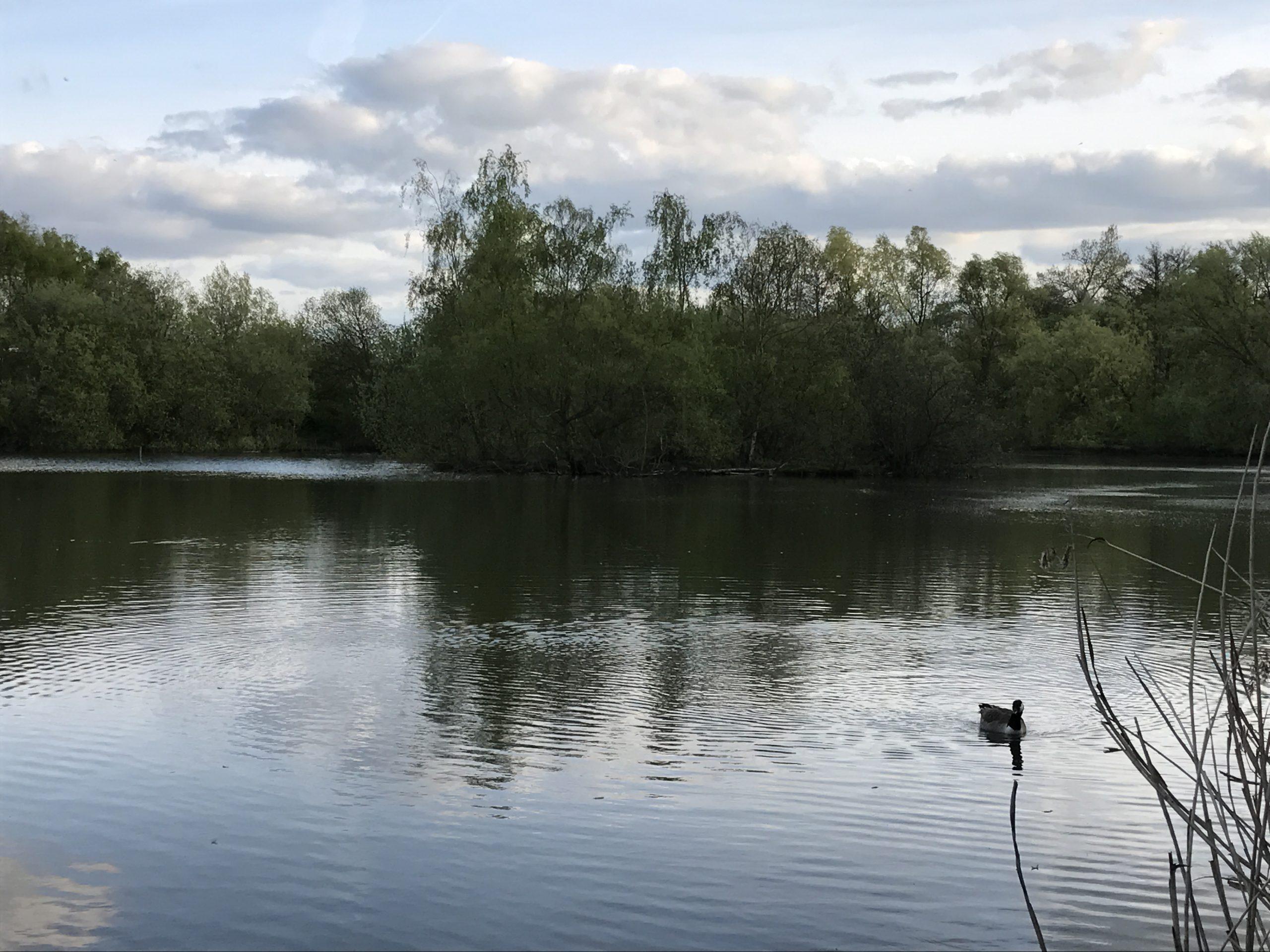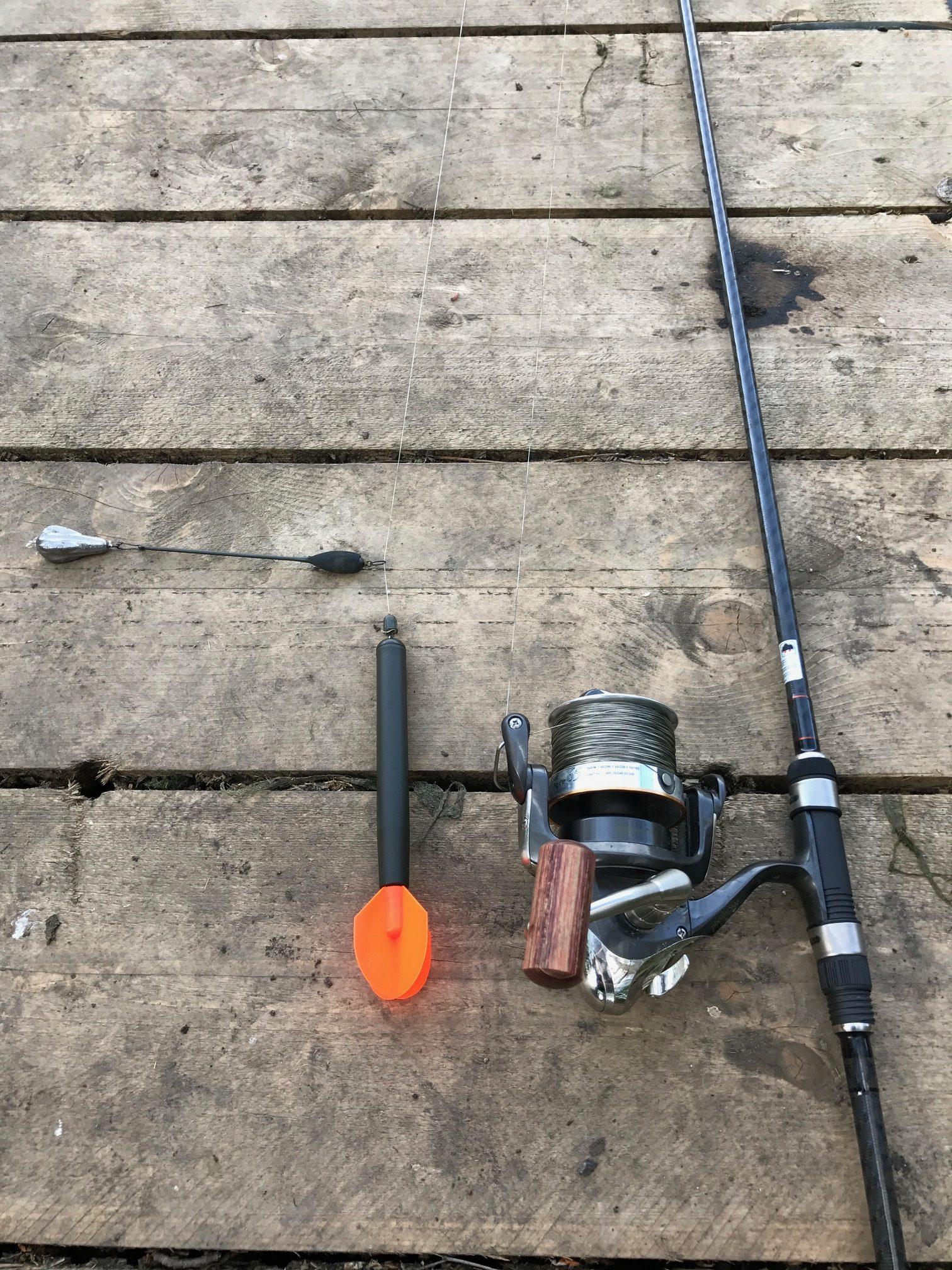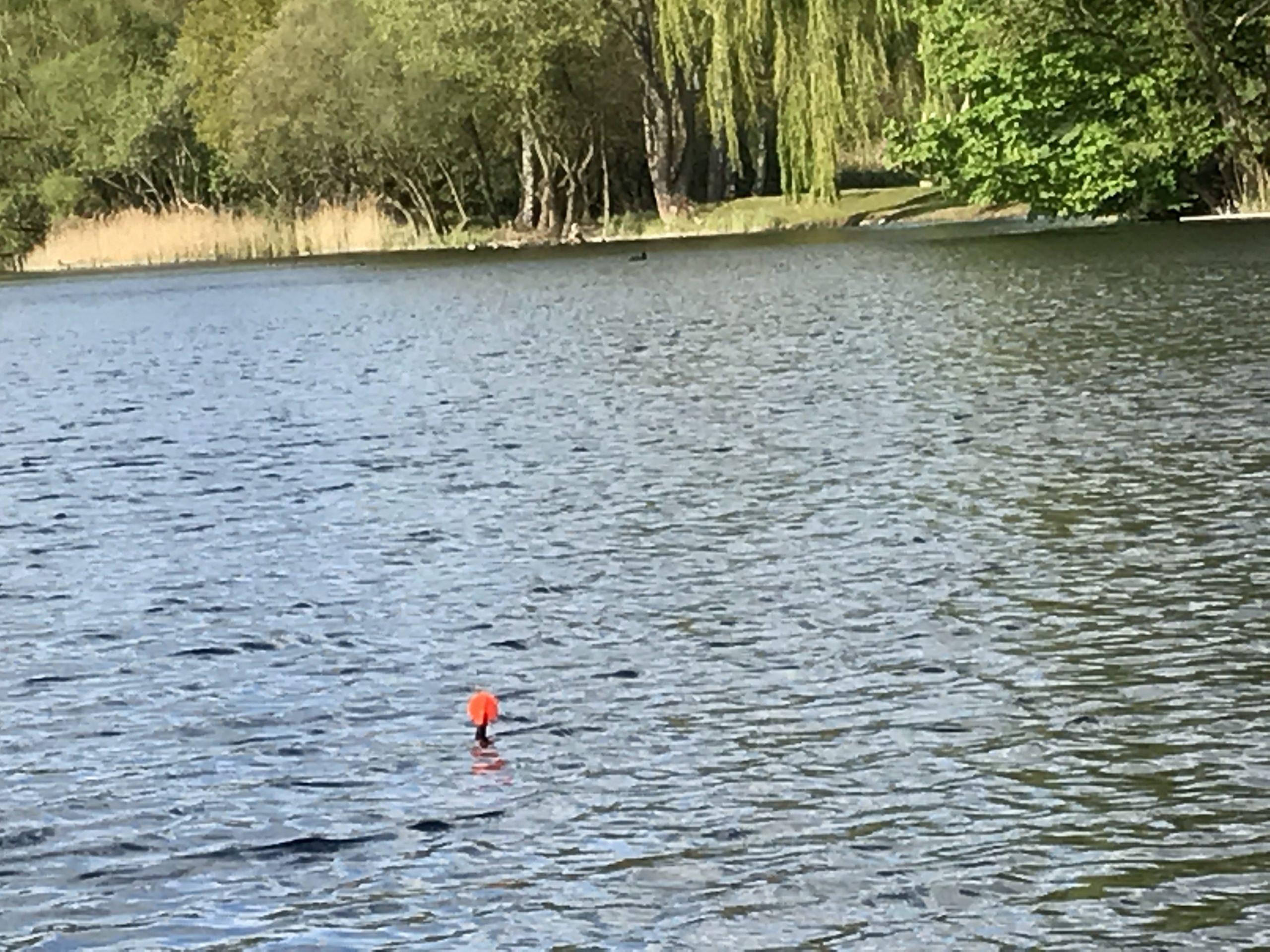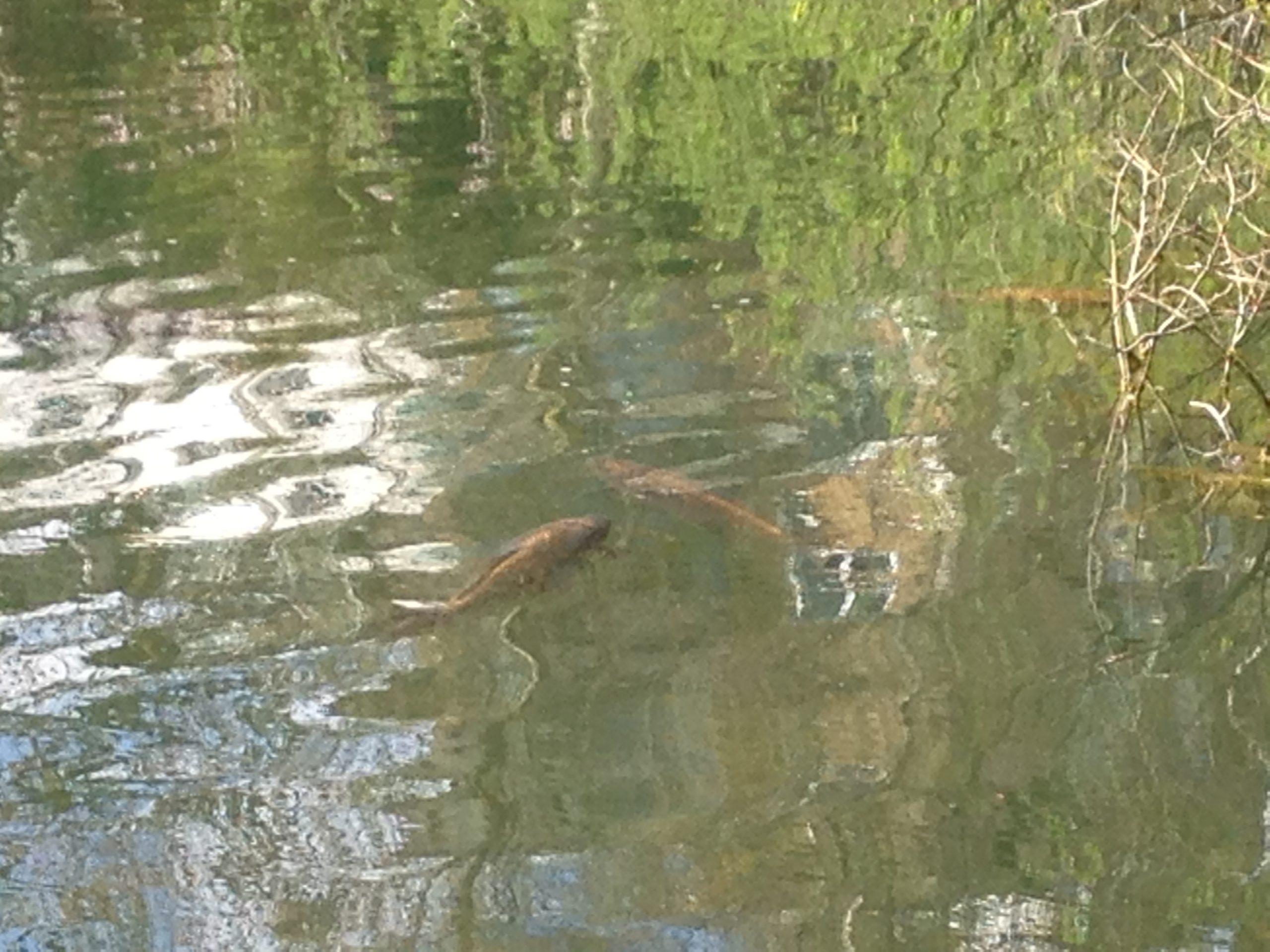Feature finding is a very important part of carp fishing. However, to maximise the impact it will have on your fishing you need to know:
- what features to look that are likely carp feeding spots
- how to locate and identify above water and underwater features
- when is the right time locate underwater features
- what are the times to avoid underwater feature finding that may result in scaring fish off
Locating features is much more than just chucking a marker float out into the lake and seeing what’s out in front of you, although of course it is a useful tool. We will get on to how to use a marker float in a bit, but first let’s look at features that can be identified above the water level.
Feature finding is equally important, when fishing a French holiday lake. Just because these lakes are commercial run and may have a higher sticking density than English club waters, does not mean that they necessarily;y any easier. Most anglers will fish for a week, so finding spots that you can present a bait on which are in likely feeding zones is critical to having a good trip.
The biggest Feature in any Lake is the Bank
The lake bank should never be overlooked. Fish always patrol the margins as it’s one of the main sources of food and shelter. Put on a pair of polaroid glasses and walk a couple of laps of your lake. Look under overhanging trees and bushes, look for feeding bubbles, clouded areas of water as well as water movement and displacement. A good tip is to throw a few handfuls of bait into some margin areas when you walk the first lap of the lake and look for signs of feeding on these spots when you walk a second lap. You would be surprised how many fish can be caught often only inches from the bank.
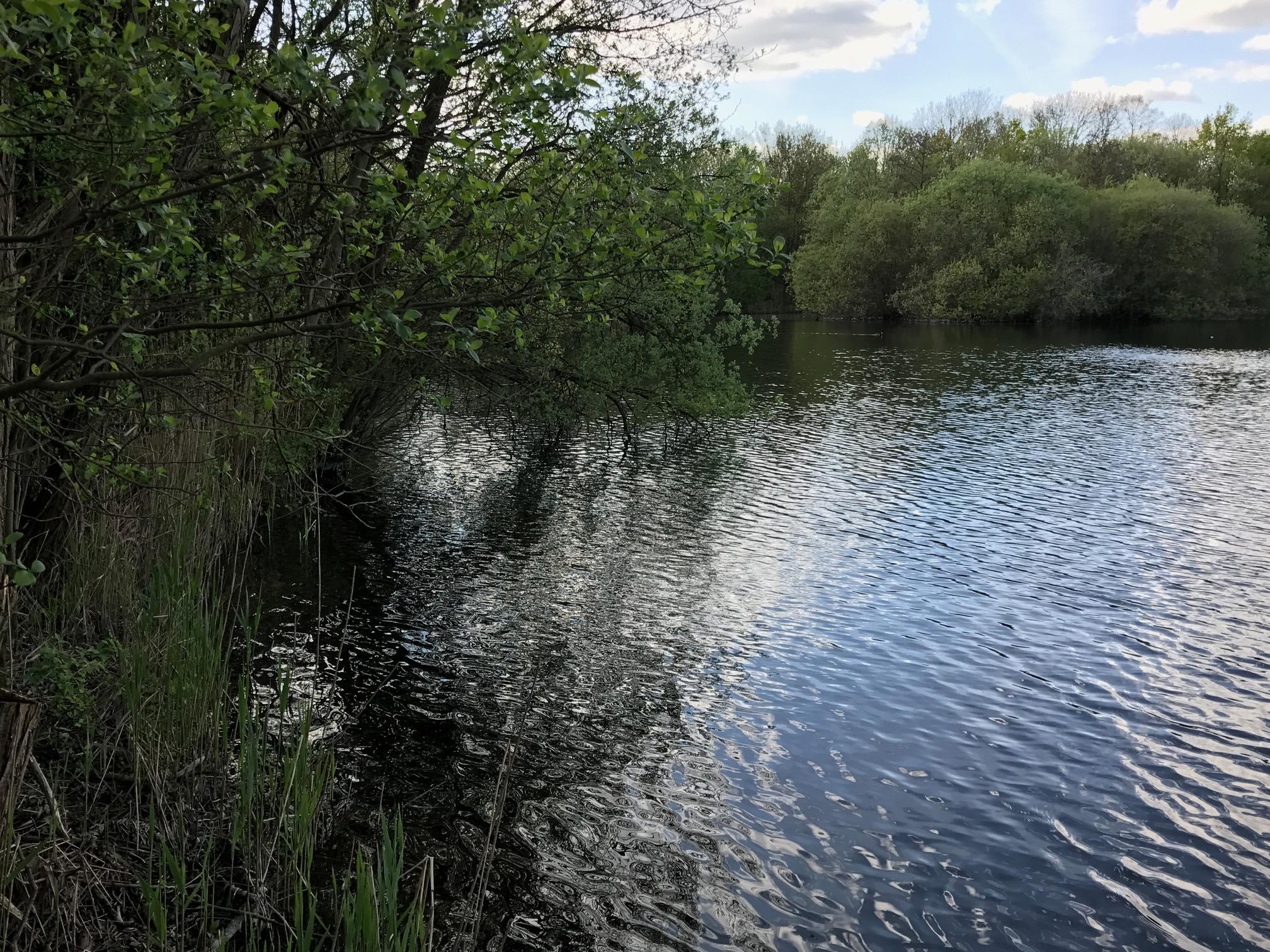
The marginal banks are the biggest features in any lake
Islands are a Natural Patrol Route for Fish
Whilst they are one of the most obvious features on a lake, islands are usually always regular patrol routes for carp. In the same way the margins are often a natural holding areas for fish, islands are no different. Islands offer carp shelter and the steep banks are natural areas where food will settle. There can be areas of islands which are inaccessible to cast a hook bait to, such as under low hanging tree branches which become natural safe havens for the carp. Whilst it may not be possible to cast to some areas of the island, laying a trap close by and with a good scattering of bait will help stop the carp as the patrol the island margins or draw the carp out from their safe zones. I often find that by scattering bait over a wider area rather than tightly baiting will get fish foraging for the next piece of food and particularly on more pressured lakes carp may be less suspicious of this approach compared to tighter baited areas which they can begin to associate with danger.
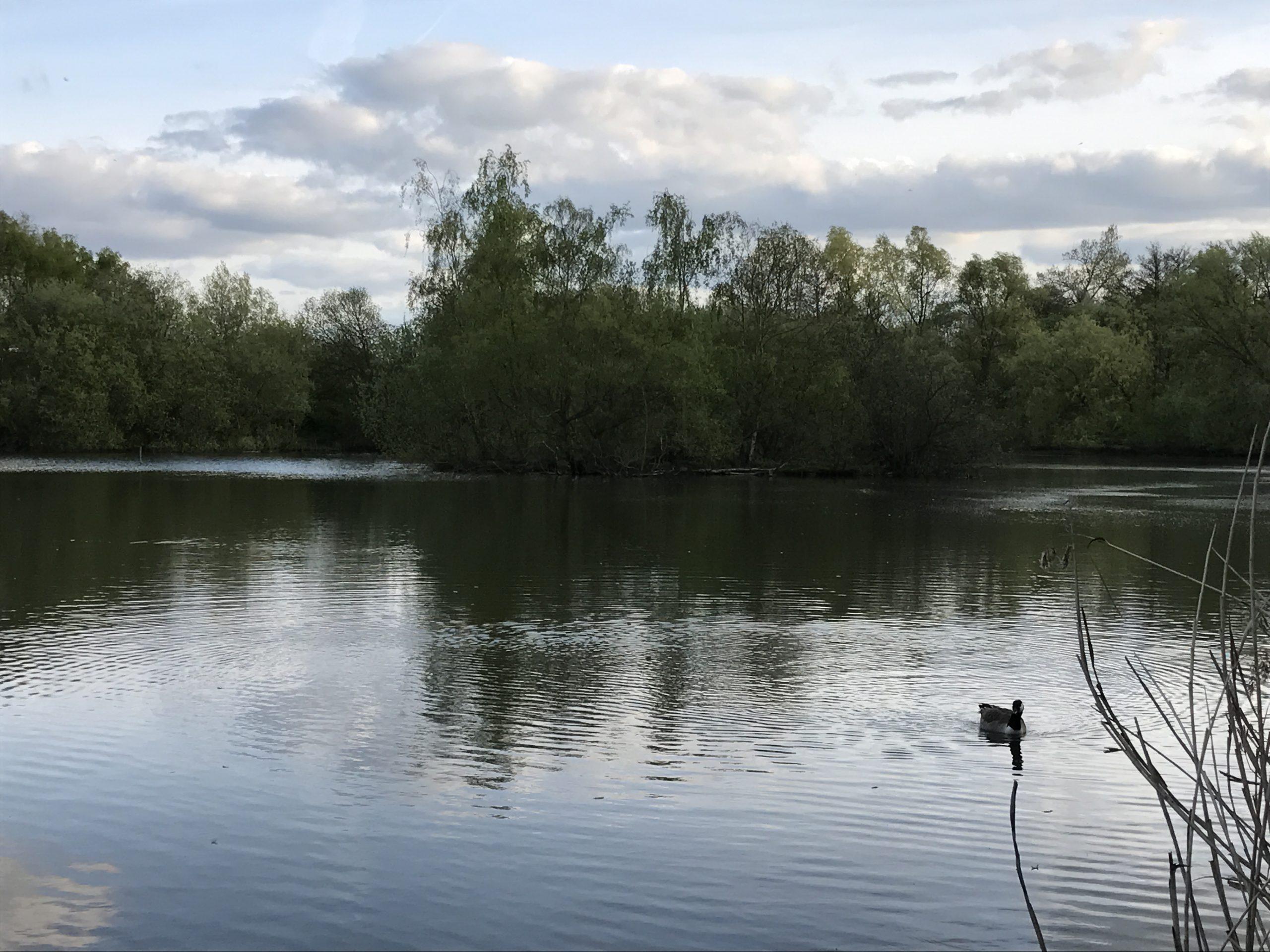
Islands are natural patrol routes for carp
Snags are often seen as a Safe Haven and therefore usually hold fish
Whilst most visible snags will typically be fallen trees or bushes from the lake bank or from an island, I thought that snag fishing warranted a separate section. Snags, provided they are in a sufficient depth of water should never be an area that you overlook. They offer carp both shelter and protection, especially from anglers. For this very reason snag fishing should not be done without the correct tackle and set up but if done correctly can be very effective. The first rule should always be for you consider if you can actually land a fish from the swim. Especially with marginal bank snags you will find you can more easily cast to areas of the snag you could not if the snag is off an island. For the safety of the fish if the swim is too tight and there is not enough open water to guide and play the fish in, or you cannot fish the snag from a different area of the lake where it will possible to land the fish, then you should not fish the snag at all. Whilst it may be tempting it is not worth the risk of snagged up carp that at worth could result in the its death. If you decide that the swim is safe enough to fish, then fish locked up, have your lead set to drop off and sit inches from your rod as you wait for the rod to wrenched round!
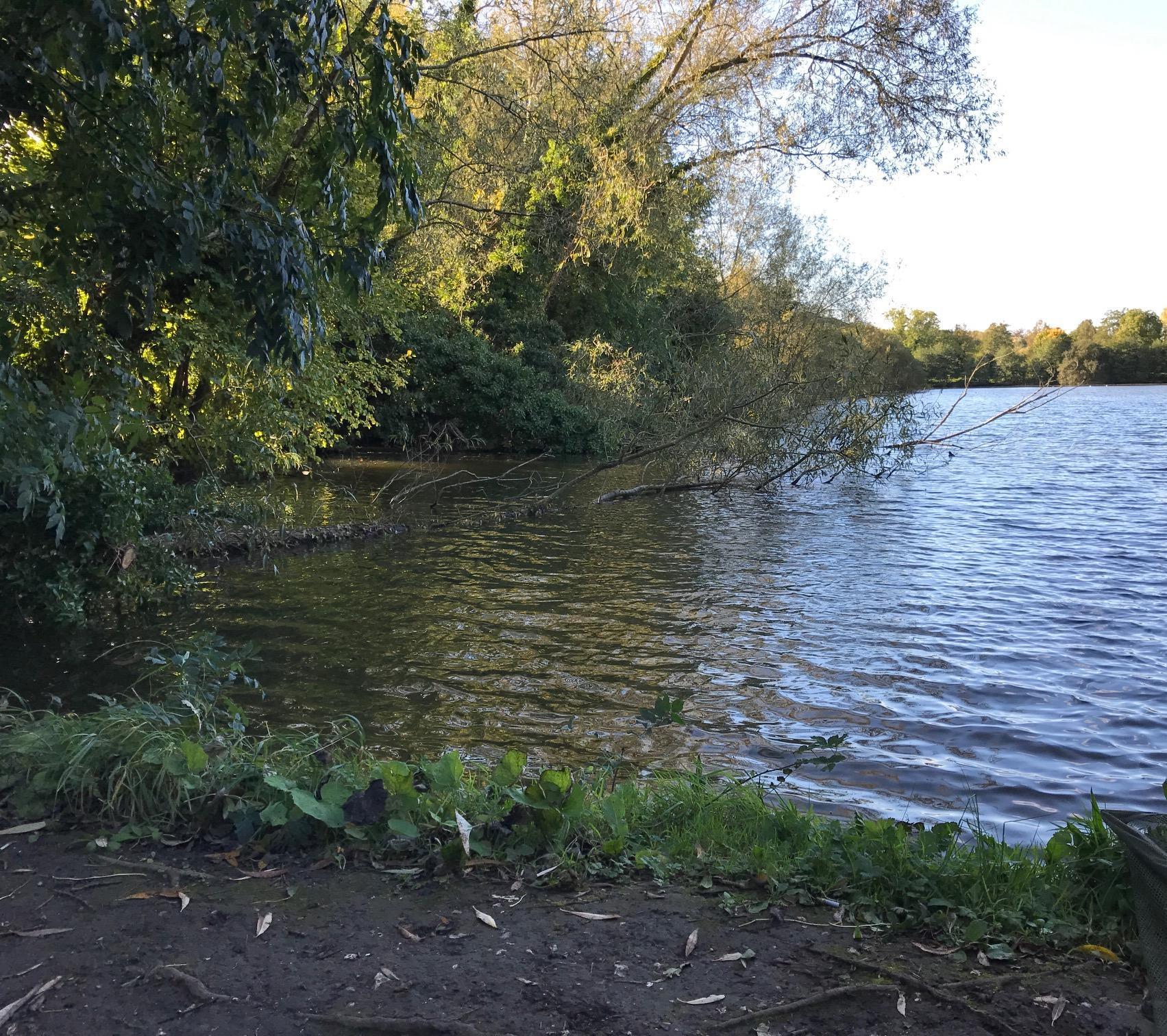
Carp regularly hold up in snags
Feature Finding under water – What Tackle do you need?
Using a lead to map out the contours of the lake bed has become an essential part of carp fishing. The standard tackle for doing this is carp rod, anywhere between 2.5lb and 3.25lb test curve will be fine, however generally the softer the rod tip the easier it is to feel the texture of the lake bed. You will need braided mainline, this is critical as the stretch in mono line will not allow you to feel the bottom as you drag the lead towards you. To determine the depth of the lake you will also need a marker float.
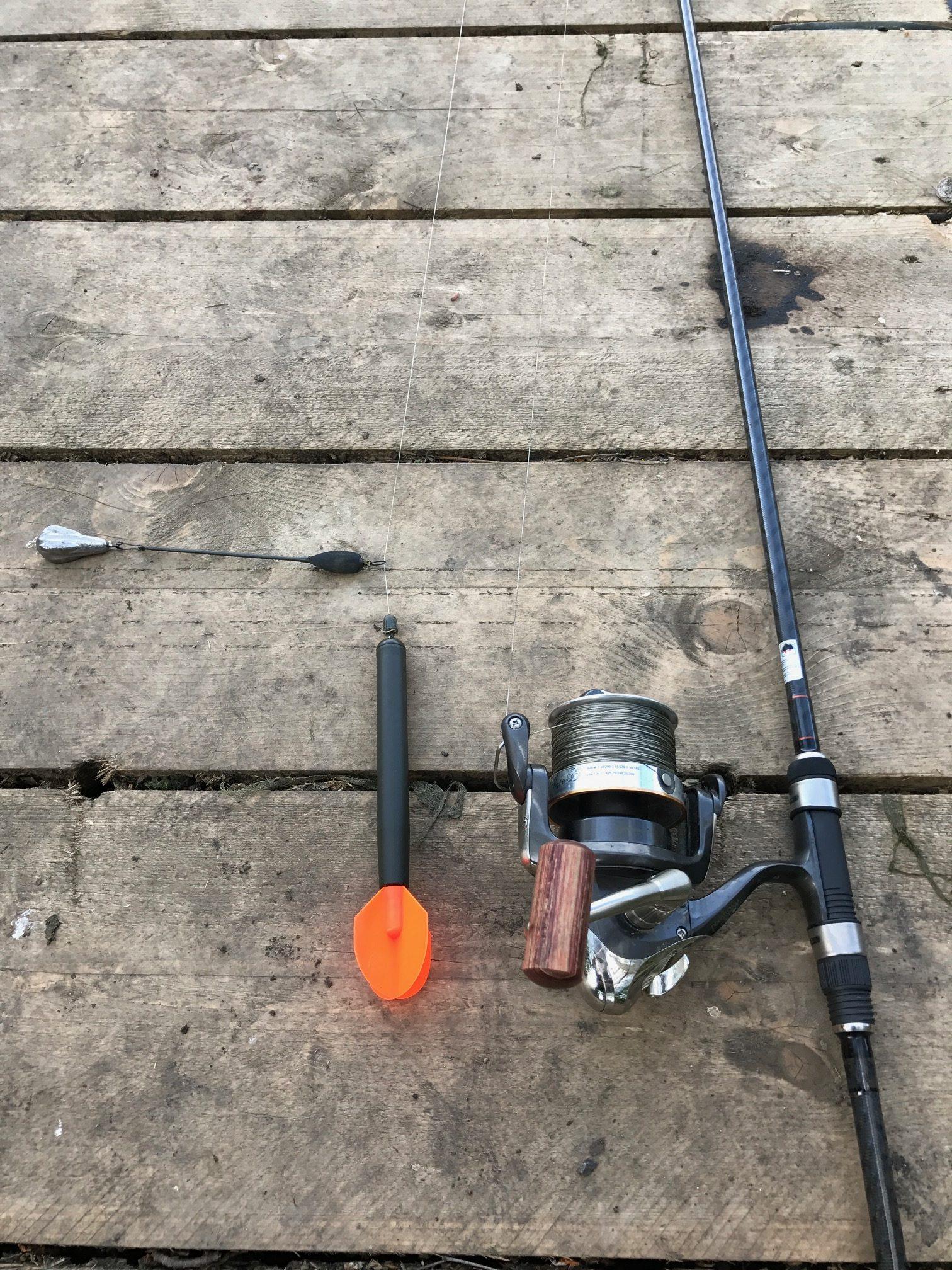
A marker rod and braided main line are essential for underwater feature finding
What to do if fish are already showing in the swim?
Some anglers, even when there are showing fish in their swim, will routinely cast 20 or 30 times with the marker float when they arrive.
If there are fish already in the swim, my advice would be to either cast a rod out and feel the lead down for the ‘donk’ to tell you it’s a firm clear bottom, or take the marker float off the feature finding rod and lightly flick a lead out a few times to check out the bottom and what rig is required to fish over it. If there are already fish in the swim, then in most cases repeatedly casting a marker float out will push the fish into a different area of the lake. Even if you are there for a long session, then why not try and nick a fish early on and when the fish do move out the swim then have a proper lead around with the marker float.
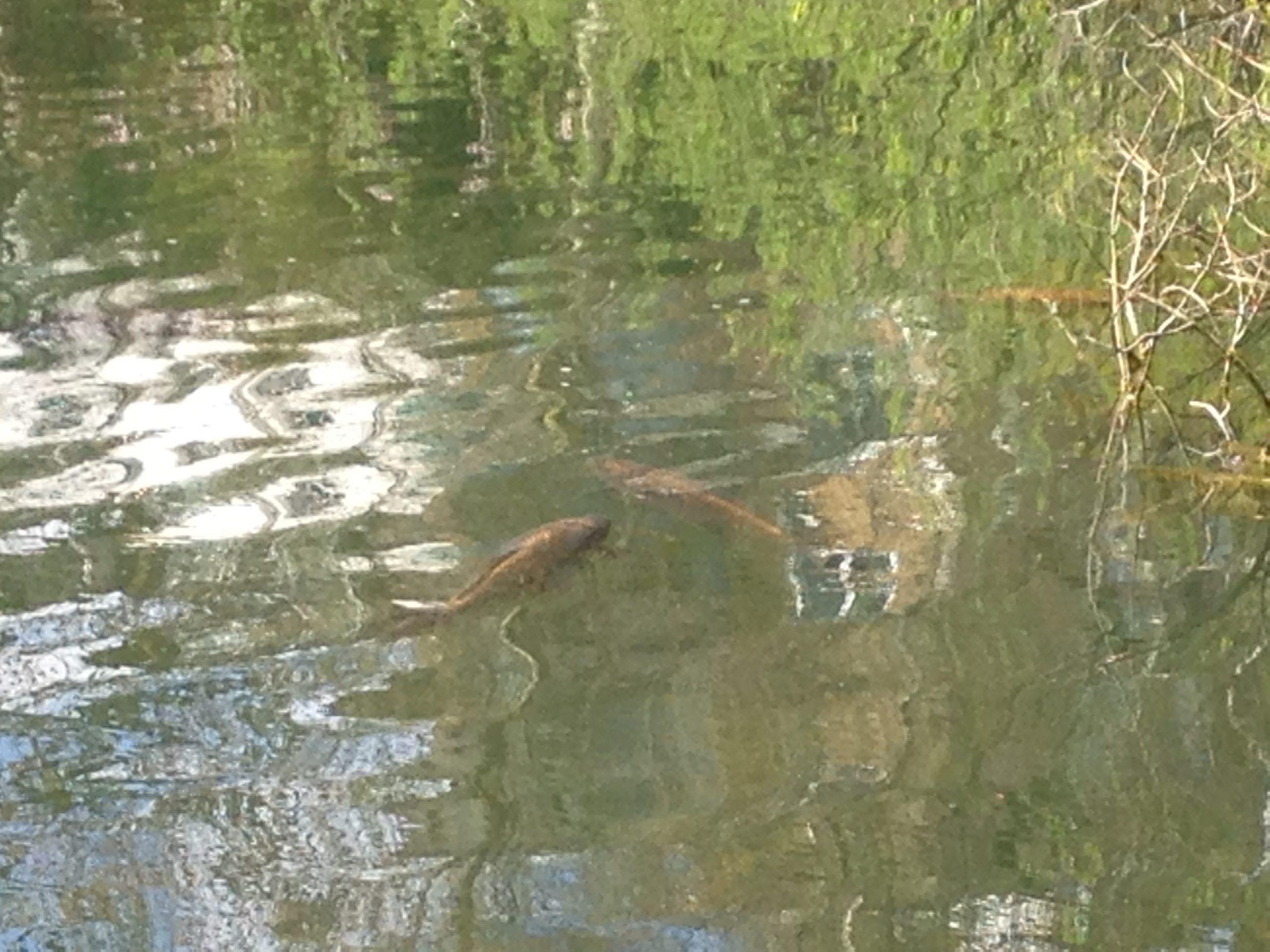
If fish are already present in the swim try to minimise disturbance when locating a presentable part of the lake bed
Working out the depth
To calculate the depth of different areas of your swim you will need marker float attached to the end your line. I’ve attached a photo below which how you will need to set you marker rod up.
To accurately plumb the depth you should either add a marker on your rod such as a white dot of paint, I usually set it about 1 foot from the reel, or if you don’t want to make a marker yourself you may have a natural maker on the rod blank that you can use.
As you drag the lead back through the swim and you come across an area you are considering fishing to, or you just want to know the depth of, then do the following. Wind your line in so that the marker float is tight to the lead, then a foot at a time, begin to peel of line from your reel until the marker float rises to the surface of the water. As you peel the line off the reel count the number of feet so that you can record the depth. If you have cast into heavy weed, you may find it difficult or impossible to get the marker float to rise, however if you can find a less weedy area close to it you should still be able to get an accurate reading.
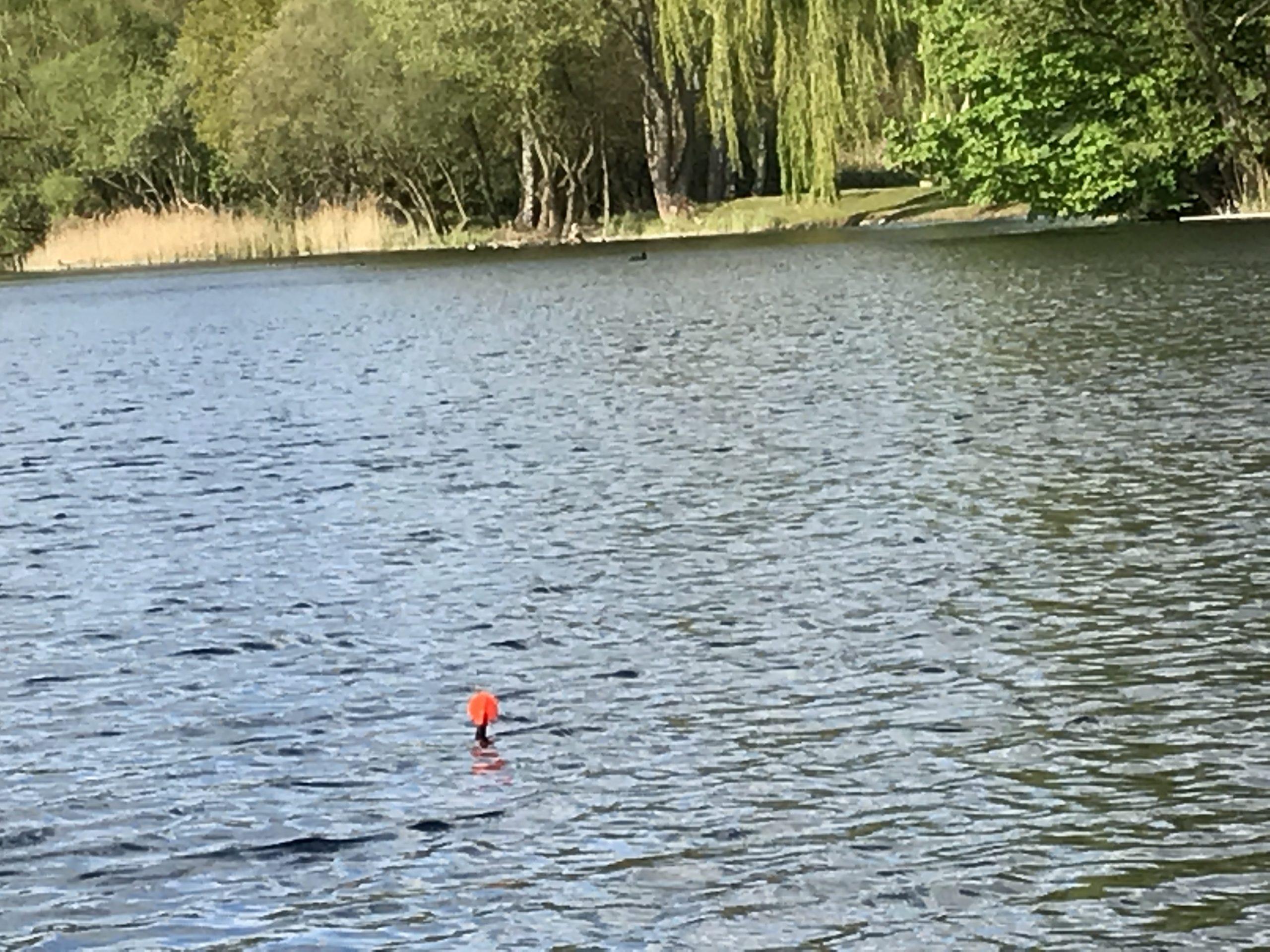
A marker float is essential for determining the depth
Weed
Using a marker rod is pretty much essential in determining what the lake bed looks like unless of course you are fishing in the margins or from a boat and you can see the lake bottom.
Weed is usually easy to identify, especially if it is heavy you will more than likely see it on your marker float and lead when your wind in. If the weed is light though, as you pull the lead through it, it will feel like its caught up and may require constant pressure to pull the lead and marker float through it. If you are fishing a weedy lake and are looking for clear areas I would recommend taking off the marker float as this will make identify these areas a lot easier!
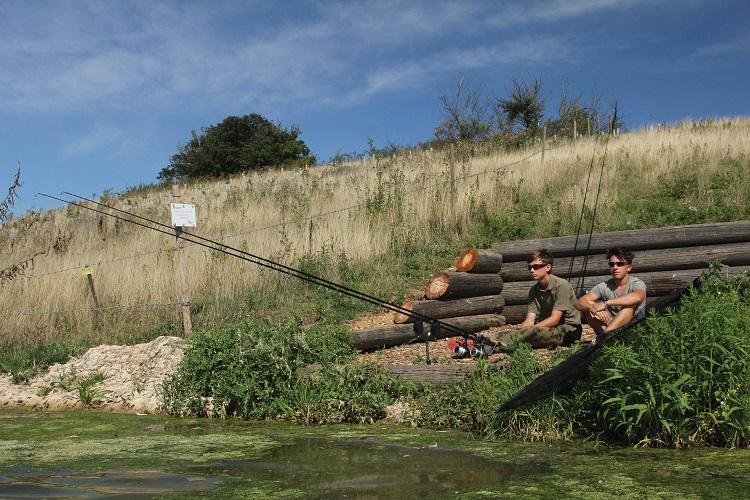
Look for clear areas amongst the weed
Silt
If you are dragging the lead back and the lake bed feels quite smooth it is probably silt. The silt can often build up and become quite deep so you may also find that when the lead lands, it sinks a few inches into the lake bed and requires a bit more pressure on the rod to get it moving. A good tip if you have a plastic coated lead, is to cut a series of groves into it with a hand saw, the groves will pick up the lake bed and help you to identify what you are fishing over. Silt is generally quite smelly so this can be a good additional indicator if you are unsure. Fishing on the edge of silty areas can be very prolific as silt is rich in natural food. However, bad, smelly silty areas should generally be avoided.

Avoid fishing on very smelly silt and try to find silt that is not rotten
Gravel
Gravel patches usually always produce fish as they are often created by the carp’s feeding patterns. Although that’s not to say you should always look to them as the first areas to fish. Often doing something different to other anglers on the lake can produce very good results as the fish may be less cautious. When it comes to identifying gravel then you can usually easily identify the fierce vibrations emitted when pulling the lead of a gravel area especially if you are moving from silt or clay onto gravel.
Once you become an expert at underwater feature finding you should be able to start identifying features using your fishing rods by feeling how the lead drops and makes contact with the lake bottom.

